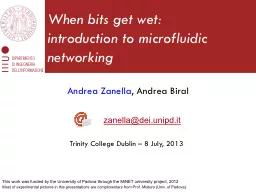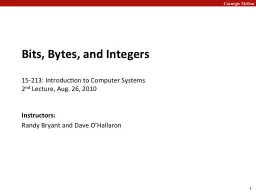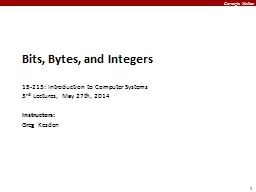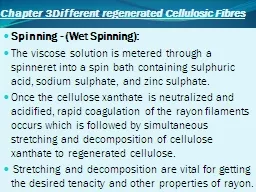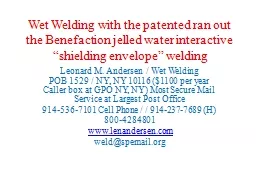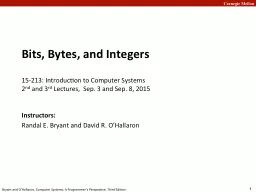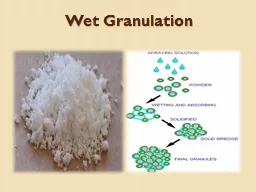PPT-When bits get wet: introduction
Author : alida-meadow | Published Date : 2019-06-23
to microfluidic networking Andrea Zanella Andrea Biral Trinity College Dublin 8 July 2013 zanelladeiunipdit Most of e xperimental pictures in this presentations
Presentation Embed Code
Download Presentation
Download Presentation The PPT/PDF document "When bits get wet: introduction" is the property of its rightful owner. Permission is granted to download and print the materials on this website for personal, non-commercial use only, and to display it on your personal computer provided you do not modify the materials and that you retain all copyright notices contained in the materials. By downloading content from our website, you accept the terms of this agreement.
When bits get wet: introduction: Transcript
Download Rules Of Document
"When bits get wet: introduction"The content belongs to its owner. You may download and print it for personal use, without modification, and keep all copyright notices. By downloading, you agree to these terms.
Related Documents

